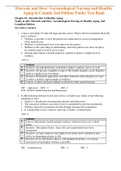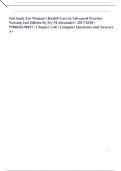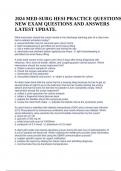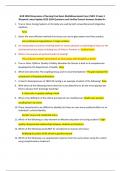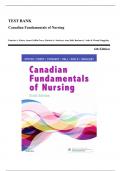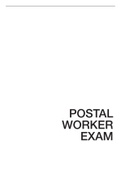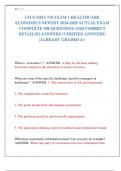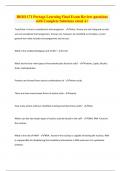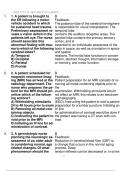Exam (elaborations)
Complete Test Bank Ebersole and Hess’ Gerontological Nursing and Healthy Aging in Canada 2nd Edition Touhy Questions & Answers with rationales (Chapter 1-26)
- Course
- Institution
- Book
Ebersole and Hess’ Gerontological Nursing and Healthy Aging in Canada 2nd Edition Touhy Test Bank Complete Test Bank Ebersole and Hess’ Gerontological Nursing and Healthy Aging in Canada 2nd Edition Touhy Questions & Answers with rationales (Chapter 1-26) PDF File All Pages All Chapters ...
[Show more]
